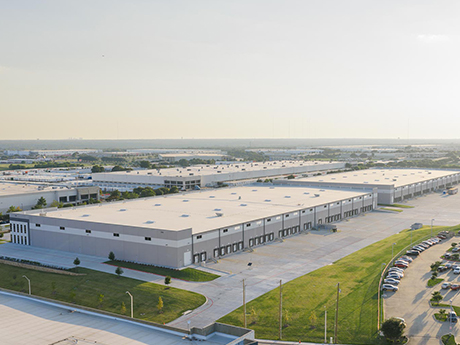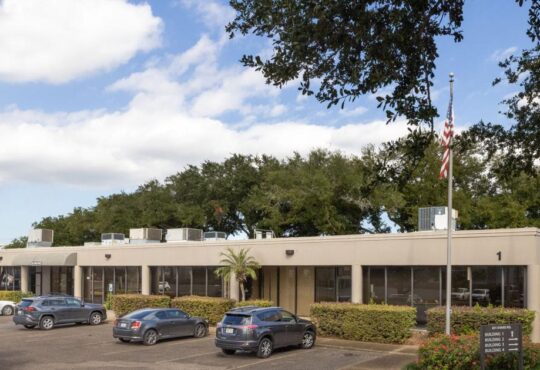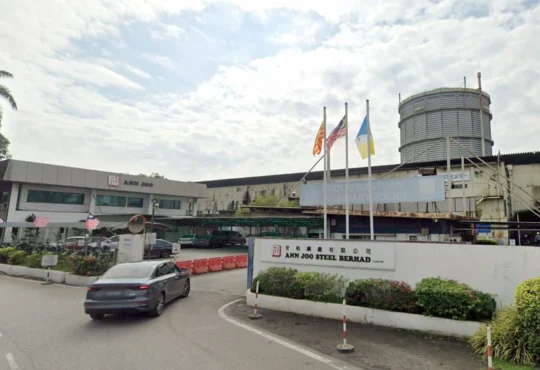

Security in multifamily properties is a critical consideration for property owners, managers and residents. Multifamily communities face unique security challenges due to their size, shared common areas and the diversity of people coming and going. Ensuring an effective security strategy in multifamily housing helps keep residents and staff safe while shielding owners from lawsuits.
Enhancing security in multifamily properties has been on the radar of local officials in Prince George’s County, Md., and in Florida, where property managers are required by law to install certain security measures. In both localities, the legislation was prompted by rising crime rates. Both regions endorsed surveillance cameras as the must-have security measure for multifamily housing.
Safety first in Prince George’s County
In Prince George’s County, violent offenses were up by 8 percent and property crimes by 50 percent in 2023, particularly in apartments and senior housing communities. This prompted officials to release a new law, which went into effect in January 2024, with a compliance date extended to June 2025. The law requires owners of residential buildings with more than 100 units and senior living properties to install 24-hour security cameras at all entry and exit points, in parking lots and garages. The footage must be retained for at least 30 days. For age-restricted senior housing properties, the law also requires at least one 12-hour security guard on duty each day of the week.
“Supporters, including Council Vice Chair Wala Blegay and State Senator Alonzo Washington, say the law adds a critical layer of safety, especially for vulnerable seniors, while residents have cited examples of cameras helping police solve crimes,” Nate Wysk, general manager at PointCentral said. “County leaders view the mandate as an essential step toward deterring crime and improving resident security.”
Reactions so far have been mixed. Mainly, it is the owners of properties without existing systems who perceive the law as a burdensome capital investment, while others see it as a necessary step toward long-term benefits, according to Wysk.

Either way, failure to comply with Prince George’s County’s new security camera law can trigger a civil penalty of up to $500 for each incident of non-compliance—such as failure to install required cameras or maintain operable equipment. Moreover, each instance of missing or non-functional cameras (not repairing broken systems) can be treated as a separate violation, potentially resulting in multiple fines. Residents can also file complaints about non-compliance, which, when unresolved, can turn into lawsuits, negative publicity and possible loss of license or eligibility for county programs.
Implementing the safety measures required by the recent law does more than just maintain the operations’ legality and improve security at multifamily properties; it enhances tenant satisfaction and asset value. To help offset installation costs, the county is offering a $5,000 rebate, which includes AI-powered systems.
Security enhancements in Florida’s multifamily market
Florida’s House Bill 837 requires owners and operators of multifamily properties to implement certain security measures that will help build a “presumption against liability” in connection with criminal acts that occur on the premises.
“The bill creates a high legal and financial risk for property owners who fail to install certain security measures, including cameras, while also recognizing that security cameras help deter crime, and that they’re the best way to document and resolve criminal or negligent acts,” said Hans Kahler, COO at Eagle Eye Networks, where he oversees engineering, technical support, compliance and IT among others.
The security measures required by the law include entrance camera coverage, surveillance footage retention for 30 days, lighting in parking lot, walkways, laundry rooms, common areas and porches, 1-inch deadbolt and peepholes in each unit door, locking devices on all windows and doors, locked gates along pool fence areas and CPTED (Crime Prevention Through Environmental Design) assessments. CPTED is the concept of using the physical environment to reduce opportunities for crime and enhance safety and security.
“The requirements in HB837 can be viewed as a reasonable, minimal set of best practices for property owners in any state. There are many benefits to regular ongoing property assessments and upgrades, including reduced liability, protecting residents and their property and providing peace of mind for residents and property owners alike,” added Kahler. He believes House Bill 837 is likely to inspire and guide other states in regulating multifamily properties.
Best practices for security at multifamily properties
“In multifamily communities, the best practices for securing shared spaces begin with a combination of strategically placed security cameras, environmental sensors and remote management tools that allow operators to monitor and respond to issues in real time,” said Kahler. Additionally, Wysk emphasized that “strategic camera placement is essential to maximize coverage, alongside clear signage to promote awareness and discourage unwanted activity.”
Simply put, security at multifamily properties must rely on a multi-layered approach, with access control and video monitoring as essential components. Access control limits entry to authorized individuals, such as residents, staff, vendors and approved guests, while safeguarding private and shared spaces. It is typically managed through integrated systems, which may include access codes, fobs, or keycards to ensure entry.
Meanwhile, video monitoring is complementary, providing visibility in specific locations, such as parking areas, entry gates, swimming pools, community centers, mailrooms and package areas. Perimeter doors equipped with digital access control systems allow property managers to monitor and manage entry remotely, while visible video surveillance in specific areas can act as both a deterrent and a tool for reviewing activity when paired with access logs. A well-managed video surveillance and retention policy helps validate any claims, including those that may be false, and demonstrates a commitment to safety.
Cloud-based, AI-powered security systems available today enable property operators to manage all assets and locations, minimize liability and promote a safe community. These can be set up to work with any IP or analog security camera, allow adding new cameras and AI features, adjust retention and scale the system as needed, and are updated automatically.
Features include role-based access management, license plate recognition and automated notifications for events like unauthorized visitors or identification of a hot-listed vehicle. More so, these security cameras can identify specific activities and trigger flashing lights, noise alerts and even context-based verbal messages directed at individuals in view of the camera. Options include solar-powered cameras, which can secure key areas and perimeter lines. These are created to automatically send notifications if a camera is covered, vandalized, or moved.
Multifamily properties’ distinctive security challenges require a comprehensive and proactive approach, and officials in areas like Florida and Prince George’s County took important steps in enhancing security in multifamily communities. Effective access controls, surveillance systems, lighting and regular security assessments create safer environments. By investing in these security measures, property owners protect their investments and provide residents with peace of mind and a higher quality of life.







